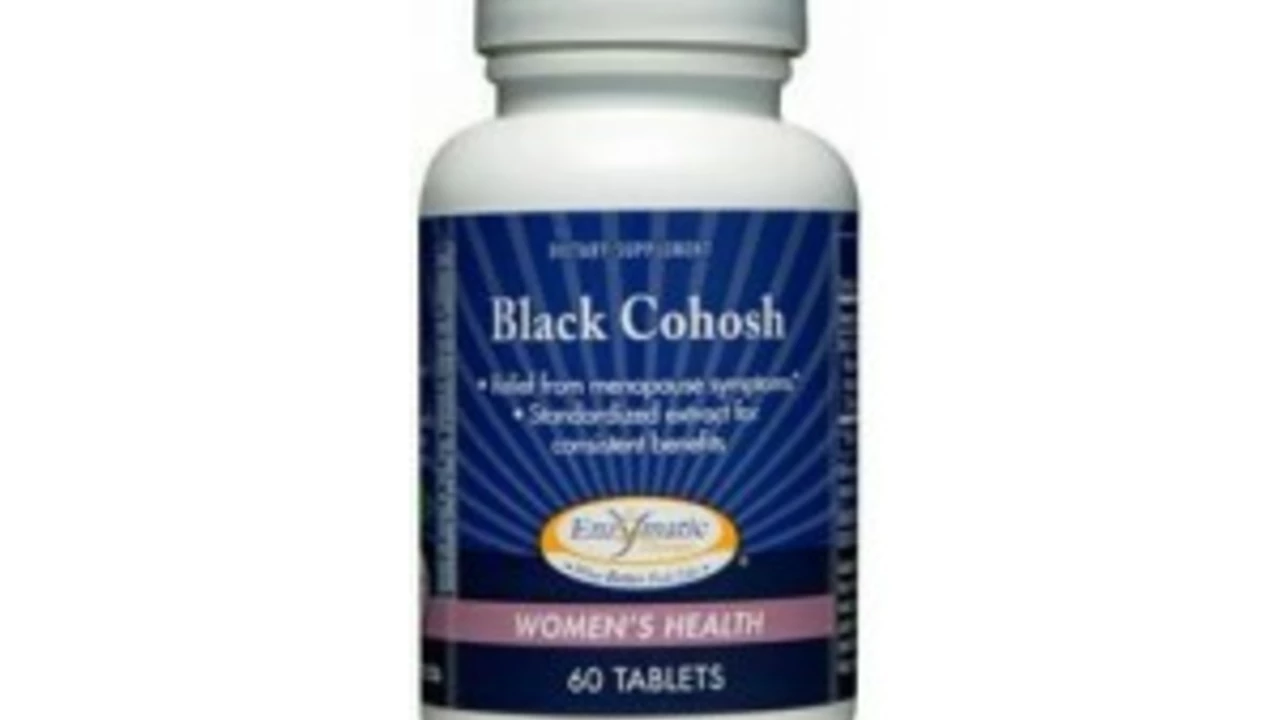Shellac in Meds: What it is and how it affects your pills
Ever wondered why some tablets shine or don’t dissolve until later? That glossy layer is often shellac — a natural resin used to coat pills, candies, and supplements. It protects the medicine, helps swallowing, and can control when a drug releases in your body.
What is shellac and where does it come from?
Shellac is a sticky resin secreted by the lac insect. In the drug world it’s called shellac, pharmaceutical glaze, or E904. Manufacturers melt it down and mix it with tiny amounts of alcohol or plasticizers to make a smooth coating that sticks to tablets and capsules.
That coating does a few things: it makes tablets less crumbly, shields them from moisture and air, gives a nice look, and sometimes helps mask a bitter taste. It can also be part of an enteric or timed-release system so the medicine acts where and when it should.
Is shellac safe? What to watch for
Regulators like the FDA and EFSA accept shellac in small amounts for food and drugs, so most people don’t have problems. Allergic reactions are rare but possible — if you get hives or breathing trouble after taking a coated pill, stop and seek care. Shellac itself usually doesn’t change how a drug works, but coatings can: some pills are designed not to dissolve in the stomach. Crushing or chewing those can make the medicine act too fast or irritate your stomach.
If you follow dosing instructions and swallow tablets whole when advised, shellac shouldn’t cause trouble. Store coated pills in a dry place; the coating helps protect them, but humidity can still damage medicines over time.
Want to know if a product uses shellac? Check the ingredients list on the package — look for “shellac,” “pharmaceutical glaze,” or E904. If the label is vague, ask your pharmacist. They can tell you whether a tablet is coated and whether that coating matters for your treatment.
Are you vegan or have strict dietary rules? Shellac comes from an insect, so it’s not vegan. Manufacturers sometimes use plant-based or synthetic coatings instead — common alternatives include cellulose derivatives like hypromellose (HPMC) or polyvinyl alcohol. If avoiding animal products matters, ask for a vegan-friendly formulation or check with your pharmacist.
Quick practical rules: don’t crush or split enteric or extended-release tablets, read ingredient lists, and ask your pharmacist if you’re unsure. If you suspect an allergy to a coating, bring the pill bottle to your pharmacist or doctor and get a clear substitute recommendation.
Shellac is a simple, old-school coating that still does a useful job in many drugs. Knowing what it is helps you make smarter choices about pills, storage, and whether you need an alternate form based on diet or allergies.
- Colin Hurd
- Jun, 28 2023
- 13 Comments
The Ultimate Guide to Shellac: A Revolutionary Dietary Supplement
In my latest blog post, I dive deep into the world of Shellac, an innovative dietary supplement that's been shaking up the health world. I explore its origins, benefits, and how it's made, offering you a comprehensive guide on this revolutionary product. You'll also find tips on how to incorporate Shellac into your diet and some precautions to consider. It's a must-read for anyone looking to enhance their health routine and understand more about this exciting supplement. So, if you've been curious about Shellac, this guide is your ultimate resource.

